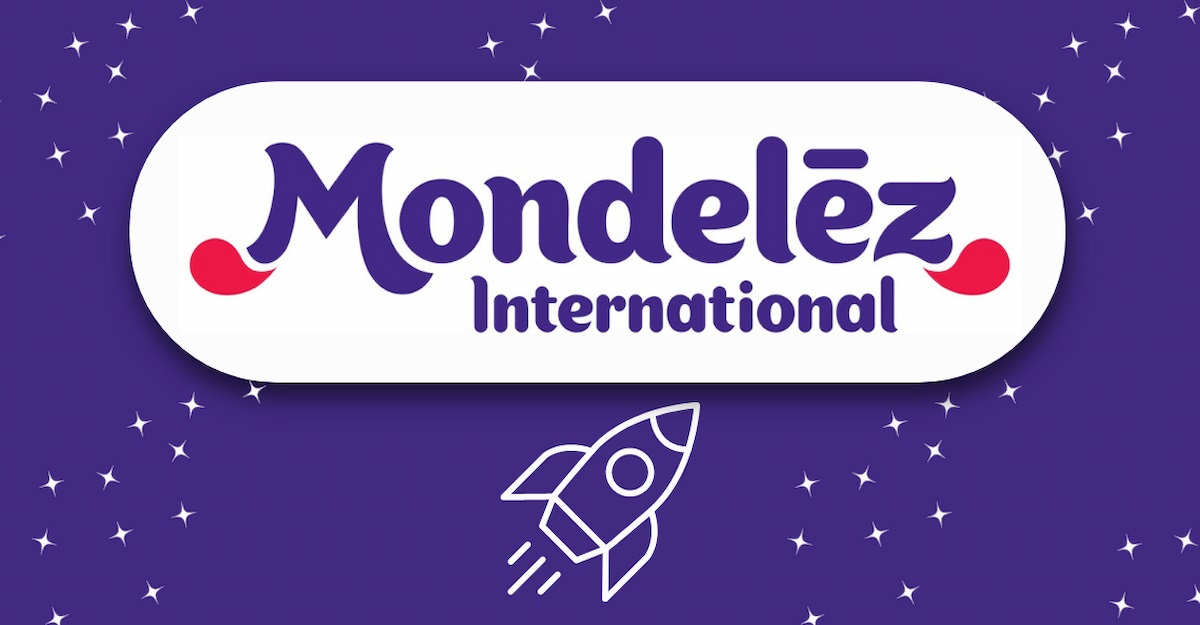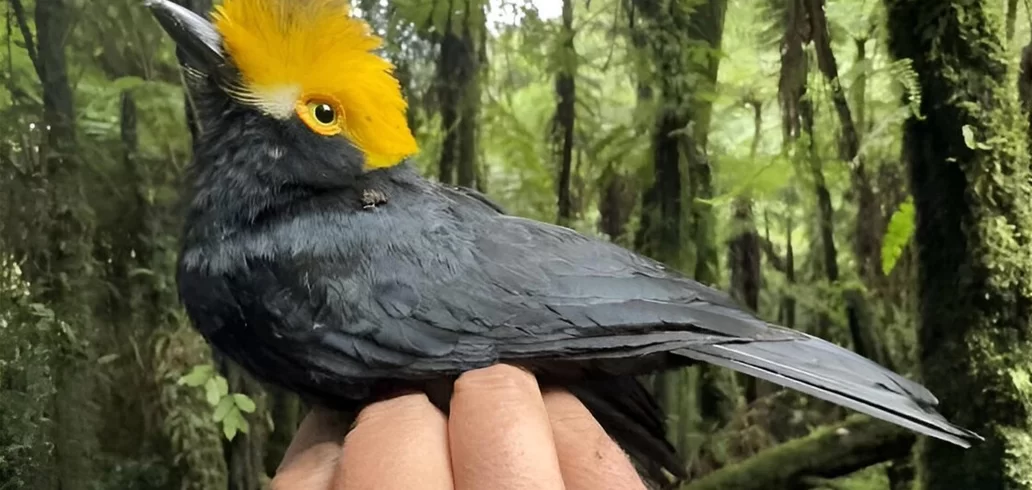Curiosities
'Superforecasters': is it really possible to predict the future?
Advertisement
“Superforecasters” are individuals who are said to have exceptional forecasting abilities in specific areas. They can use a combination of intuition, experience, and data analysis to make predictions that are more accurate than the average person. However, even superforecasters are subject to errors and limitations, especially when dealing with highly complex or unpredictable events.
In the fields of science, economics and meteorology, for example, there are statistical models and techniques that can help make predictions with some accuracy in some cases. However, these predictions are usually accompanied by confidence intervals and probabilities, recognizing the uncertainty inherent in the prediction process.
In short, while it is possible to make reasonably accurate predictions in some situations, it is unlikely that it will be possible to predict the future with absolute certainty in all circumstances. The uncertainty and complexity of the world often make the future largely unpredictable.
The Good Judgment Project journey
The Good Judgment Project is a research initiative that aims to improve the accuracy of geopolitical forecasts through the use of scientific methods and collaboration between experts and amateurs. It was launched in 2011 as part of a research project led by Philip E. Tetlock, Barbara Mellers, and Don Moore, among other researchers.
The project was inspired by Tetlock’s earlier work, which had shown that experts often perform worse than laypeople when making predictions about political and economic events. The Good Judgment Project sought to correct this by recruiting a large pool of diverse participants and implementing rigorous forecasting methods.
Participants in the Good Judgment Project are asked to make predictions about a wide range of geopolitical events, such as elections, international crises, and economic developments. They receive regular feedback on the accuracy of their predictions and have the opportunity to adjust their strategies based on this feedback.
The project also developed a number of forecasting techniques, including aggregating forecasts from multiple participants to create more accurate predictions, as well as training “superforecasters” who demonstrated exceptional forecasting abilities.
Over the years, the Good Judgment Project has achieved impressive results, outperforming many traditional geopolitical forecasters. Its findings have been widely used by governments, businesses, and international organizations to improve decision-making in areas such as foreign policy, national security, and risk management.
In summary, the Good Judgment Project’s journey represents an innovative approach to improving the accuracy of geopolitical forecasts, demonstrating the power of collaboration between experts and amateurs, as well as the application of rigorous scientific methods to understand and predict complex events.
The continuity of knowledge
Knowledge continuity is essential to ensure that information, skills and experiences accumulated over time are not lost and are effectively passed on to future generations. There are several ways to promote knowledge continuity:
1. **Documentation and Archiving:** Recording important information, lessons learned, best practices, and past experiences is essential to ensure that knowledge is preserved. This can be done through manuals, reports, meeting records, technical documents, among others.
2. **Training and Development:** Investing in training and development programs for employees is an effective way to impart relevant knowledge and skills. This can include formal training sessions, workshops, mentoring, and professional development programs.
3. **Learning Culture:** Fostering an organizational culture that values continuous learning and knowledge exchange is essential. This can be done by encouraging collaboration, idea sharing, and experimentation, as well as recognizing and rewarding learning and innovation.
4. **Succession and Mentoring:** Establishing succession and mentoring programs is important to ensure the transfer of knowledge from more experienced employees to new team members. This may involve assigning mentors, onboarding programs for new employees, and succession plans for leadership positions.
5. **Knowledge Management Technology and Tools:** Using knowledge management technologies and tools, such as document management systems, knowledge bases, collaborative intranets and information sharing platforms, can facilitate access and dissemination of knowledge within the organization.
6. **Organizational Learning:** Promoting an organizational learning approach means encouraging reflection on past experiences, identifying lessons learned, and implementing continuous improvements based on that learning. This can be done through post-project evaluations, failure and success analyses, and regular reviews of processes and practices.
By adopting these practices and strategies, organizations can ensure that knowledge is preserved, shared, and applied effectively over time, thereby promoting knowledge continuity.
You may also like

US$192 per day? Mondelēz International has openings at this pay level
Mondelēz International pays up to US$$192 per day in operational roles. See how the positions work and what's behind these salaries.
Keep Reading



